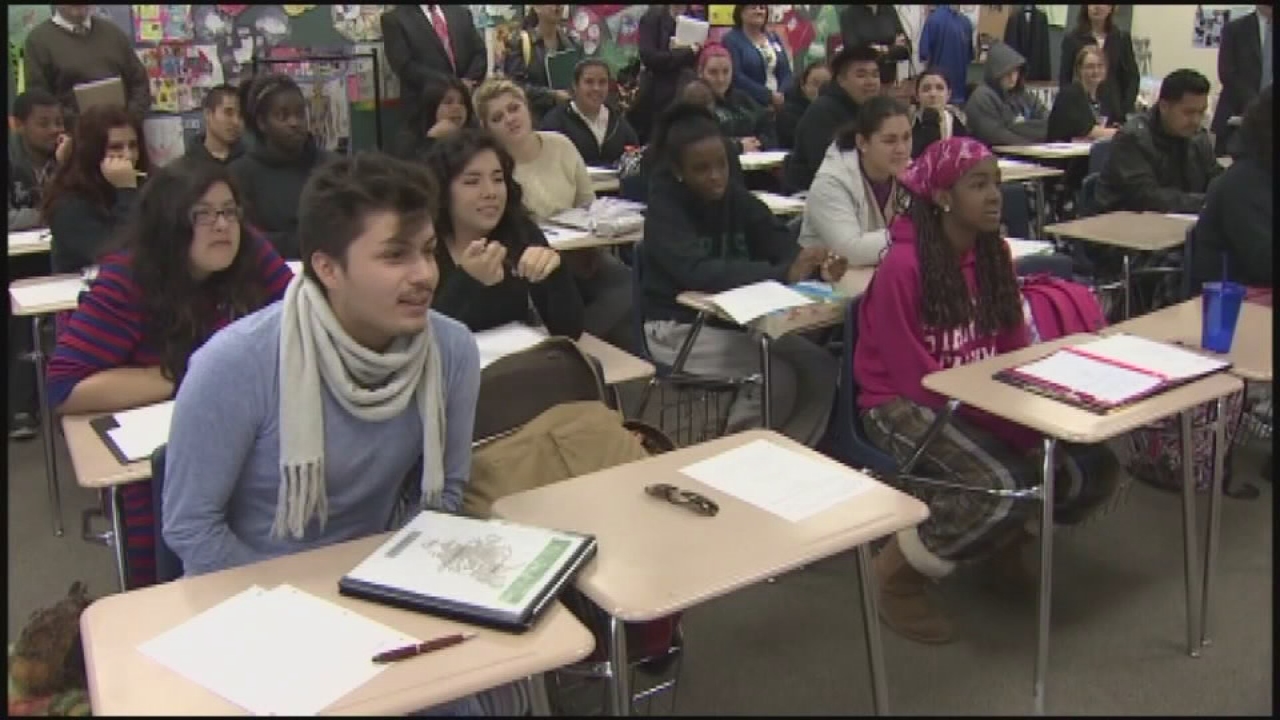
NGOCSTIP – The Anti-Trafficking Curriculum developed by the Human Thread Foundation is becoming a powerful force in global education. Created specifically for middle and high school students, this curriculum takes on one of the most pressing human rights issues of our time. It educates young people about the many forms of human trafficking, equipping them with the tools to recognize danger and respond appropriately.
Unlike standard classroom content, this curriculum integrates real-world issues with age-appropriate learning. It provides both depth and accessibility, combining academic study with action-oriented insight. By covering legal structures at both international and domestic levels, students are not only informed about trafficking but also understand how the law interacts with such crimes. As young people become more aware, their role in prevention and advocacy becomes more significant. The goal is not only to teach but to empower and protect. The Anti-Trafficking Curriculum makes this mission possible through informed and purposeful education.
In classrooms around the world, The Anti-Trafficking Curriculum is opening students’ eyes to the reality of exploitation. The content teaches them how trafficking often hides in plain sight, helping them understand the psychological and physical signs of victimization. By focusing on media-based exercises and real-life scenarios, students gain a better grasp of how trafficking operations function. These lessons not only educate but encourage empathy and social responsibility. Teachers have found the structure of the curriculum highly adaptable to various learning styles. Manuals guide instructors through sensitive topics, allowing discussions to remain informative without becoming overwhelming. More than just a set of facts, the curriculum emphasizes the importance of community involvement and critical thinking. Through repeated exposure to key concepts, students build lasting awareness. This consistent education ensures that future generations are better prepared to confront human trafficking. The Anti-Trafficking Curriculum is not just information, it is preparation for real-life challenges.
One of the standout features of The Anti-Trafficking Curriculum lies in its strong support for teachers. Educators face the challenge of introducing complex topics in ways that resonate with young minds. This program addresses that challenge through detailed lesson plans, structured teaching manuals, and interactive classroom activities. The curriculum gives teachers clear pathways to present lessons that engage students, deliver important information, and inspire meaningful action.
Visual content and media exercises keep students engaged while encouraging deep thinking and discussion. Training sessions and community support networks help educators feel confident as they guide their students through sensitive material. Because of the structure and resources included, educators report that students remain more attentive and willing to contribute to discussions. The role of the teacher is central to the curriculum’s success. By building the capacity of educators, The Anti-Trafficking Curriculum ensures consistent delivery and lasting impact across diverse educational settings.
While the lessons begin in schools, the true strength of The Anti-Trafficking Curriculum lies in its reach beyond the classroom. It serves as a bridge between youth education and broader community awareness. Students often take the lessons home, prompting discussions with family and friends that further spread the message. In areas where trafficking risks are higher, this ripple effect becomes essential.
The curriculum supports community-level programming and works in alignment with global exhibits like Bound to Freedom. These exhibitions create immersive experiences that reinforce what students learn in class. In turn, the community becomes more alert and responsive to signs of trafficking. Awareness is not just taught but shared. The active participation of students, parents, and local organizations strengthens collective action. Over time, such community engagement builds an environment where trafficking is harder to hide and easier to prevent. The Anti-Trafficking Curriculum is lighting that path by making awareness a shared responsibility.
“Read more: Twice the Death Rate? The Disturbing Truth About Child Health in America!”
What sets The Anti-Trafficking Curriculum apart is its vision to create change-makers. Students who engage with the content are not treated as passive recipients of information. Instead, they are encouraged to ask questions, challenge assumptions, and consider their own roles in combating trafficking. Through demand-focused strategies, they examine the roots of the problem, including societal pressures and economic inequalities that fuel trafficking industries. This perspective prepares students not just to recognize injustice, but to stand against it. Class discussions evolve into service projects and advocacy efforts, showing students the power of their voices and actions. When young people feel empowered, they act as agents of change within their schools and communities. Their insight and compassion are shaped through learning that is as transformative as it is informative. The Anti-Trafficking Curriculum ensures that education becomes more than knowledge—it becomes a tool for justice, safety, and global impact.